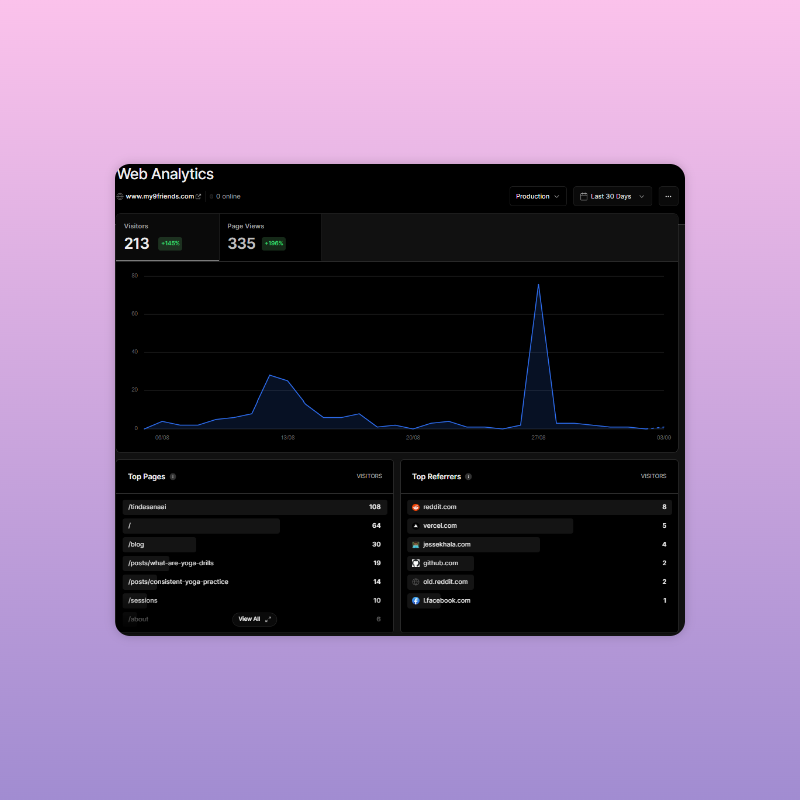
Note: AI assistance was employed in crafting and refining the article.
Switching Lanes: From React to Next.js
In the competitive landscape of web development and digital marketing, the frameworks you choose can be your secret weapon for success. Originally captivated by React’s flexibility and robust community, I’ve recently transitioned to Next.js.
In this article, I’ll unpack the strategic and technical reasons behind the move, look at some advantages of Next.js, and offer insights to help you make an informed decision for your next project.
Following Milo: My Shift to Next.js Explained
Guided by my mentor Milo, I shifted my focus to Next.js after initially learning React. Milo recommended the switch due to Next.js’s in-built advantages like server-side rendering and automatic optimizations. These features not only boost web performance but also streamline development, making Next.js an insightful choice for developers eager to master the intricacies of the modern digital ecosystem. What he also highlighted was the interplay of Next.js and Vercel, which I now also really enjoy.
Comparing React and Next.js: SEO, Speed, and Simplicity
When comparing React and Next.js, three key areas — SEO, performance, and development experience— stand out. React is undoubtedly versatile, but to implement SEO-friendly server-side rendering, you often need to integrate third-party libraries like ‘React-helmet’. Next.js, however, offers built-in server-side rendering and features like getStaticProps and getServerSideProps for SEO optimization, as outlined in the Next.js Documentation.
On the performance side, Next.js automatically optimizes images, whereas in React, you might use a package like ‘React-image’. From a developer’s experience viewpoint, Next.js offers file-system-based routing, eliminating the need for a separate routing library and thus streamlining the development process. Each framework has its advantages, but Next.js provides more comprehensive solutions for modern web development needs which is what I value.
Scratching My Own Itch: TindasanaAI - My Journey From Yoga Mat to Code
TindasanaAI was born out of my own itch as a yoga teacher and practitioner, aiming to streamline the often cumbersome process of class planning. The application employs AI to craft personalized yoga sequences in under 30 seconds, providing an interactive UI where users can specify the theme, style, and level of their class.

Built using Next.js and enriched with TypeScript, Vercel, TindasanaAI attracted over 100 visitors from more than 20 countries in about a month. Though I ultimately discontinued the app due to mixed feedback, it stands as a groundbreaking fusion of yoga and tech innovation.
Final Thoughts: Next.js’s Role in TindasanaAI’s Journey
The switch from React to Next.js was more than just a technical transition, it was a strategic move influenced by mentorship and a drive to stay abreast of modern frameworks. The experience of developing TindasanaAI and the main landing page my9friends.com further solidified this decision, showcasing Next.js’s strengths in areas like SEO, performance, and developer experience.
While each technology has its merits, Next.js has proven to be particularly well-suited for dynamic, user-centric projects like TindasanaAI. As I keep riding the rollercoaster of web development, the skills and insights I’m picking up are like my roadmap for awesome adventures ahead!
Credit
Photo by Ivy Son